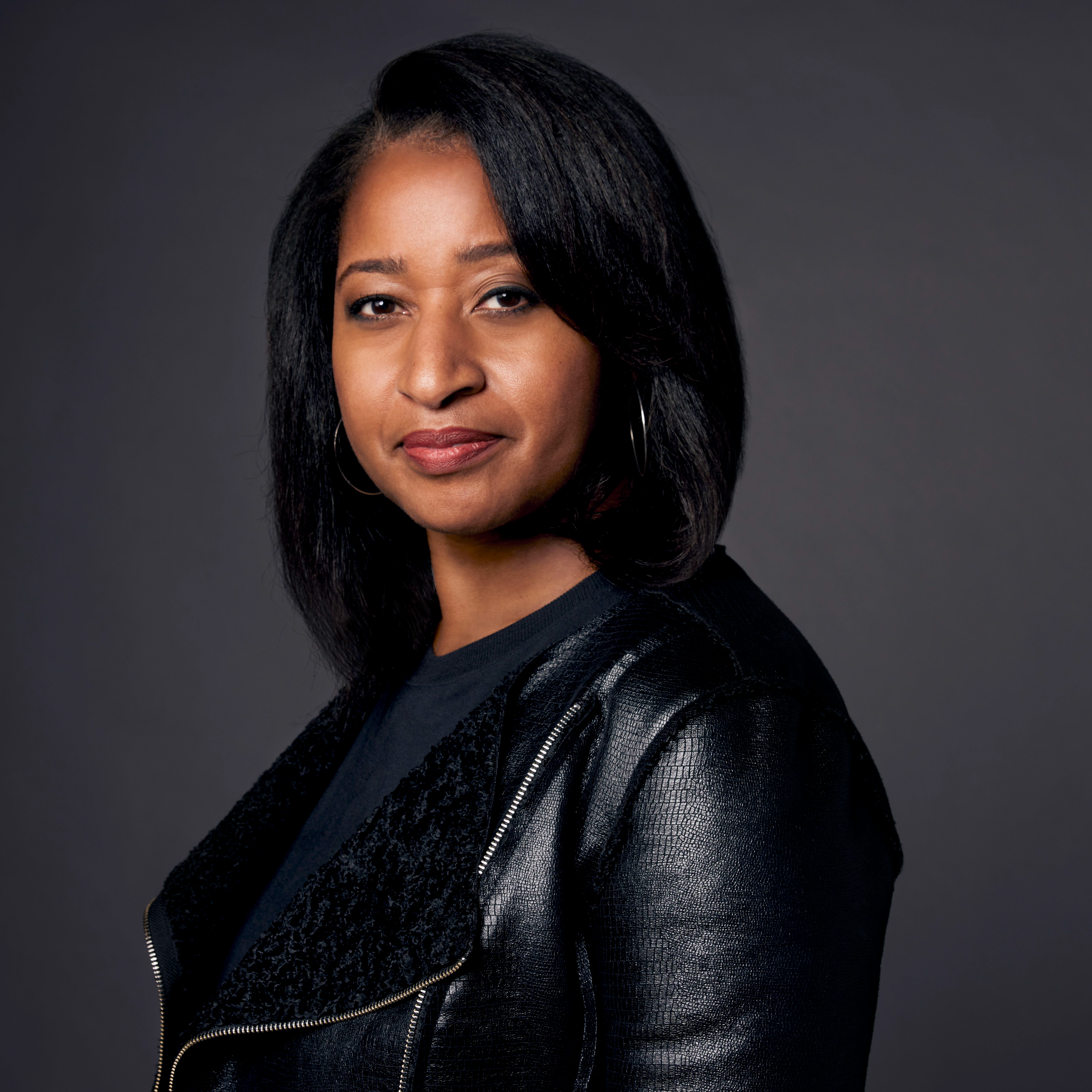Another birthday, maybe, for the bra
2010 is the 100th anniversary of the bra.
Or is it?
Vogue magazine claims to have coined the term brassiere in 1907, which explains why some people marked the centennial in 2007.
Or was the true birth date of the bra a few years later in 1910 (some say this was 1913), when socialite inventor Mary Phelps-Jacob used two handkerchiefs and a pink ribbon to construct an undergarment to wear to her coming out party? Or maybe it was 1914, when her creation received a U.S. patent.? (Get ready to celebrate again in four years.)
Clearly, we're not entirely clear on the bra's exact birthday, but it is an invention worth celebrating nonetheless. The arrival of the modern day bra freed women of the restrictive corsets that ruled the underworld of undergarments in the early part of the 20th Century. Still, after all these years, it seems women are a bit clueless about bras.
Expert bra fitter Susan Nethero of Atlanta-based Intimacy, a Phipps Plaza institution for 18 years, appeared in 2005 on "The Oprah Winfrey Show" stating that 85 percent of women are wearing the wrong bra size. It seems little has changed.
"A large percent of women feel a bra is a personal product, but what we share with people is that it is also a very technical product," Nethero said. Women associate looseness with comfort, she said, and that is what gets us into trouble. "If a bra is loose to start, once it stretches and relaxes on the body, then it becomes too loose," Nethero said.
All the attention to ill-fitting bras has encouraged other retail outlets to fully engage in getting out the fit message. At Arkansas based Dillard's, Sandra Palacio, retail director for lingerie and 14-year veteran of the industry, is behind an new initiative to encourage shoppers to get fitted.
Phoebe "The Fit Girl," an online avatar for all Dillard's bra fitters, fields questions from customers on Facebook. "Women self-teach themselves about how a bra works. You think it's not complicated because we wear them every day, but when you get someone involved who is knowledgeable about fit, it changes things," Palacio said.
In celebration of what may or may not be the bra's 100th anniversary, we asked Nethero and Palacio to identify those milestones in a woman's life when she absolutely should be fitted for a bra.
- In training. For many girls getting their first bra the overwhelming feeling is embarrassment, said Palacio. "A lot of teenagers want to be very modest. They want a sports bra look to flatten them down because they don't want anyone to see them maturing," she said. But it is important to make sure girls get the correct cup size in a stretchy material as soon as they start developing or earlier. "You can start with a training bra to get in the habit," Palacio said.
- Weight gain or loss. Some 62 percent of women have experienced weight gain or loss but far fewer get refitted for a bra, Nethero said. "The average woman will change shape, size or weight distribution about six times in her life," she said. "About 10 percent of body weight gain or loss affects both cup size and back size." Women are more likely to go for fitting when they lose weight, but they should also go when they've gained because it will make them feel so much better, Nethero said.
- Pregnancy. There may never be a time when breasts change as much as they do during pregnancy. Some women go up a couple of cup sizes in the first trimester and will likely increase another cup size when they begin nursing, Nethero said. It is the one time when you don't want to wear underwire, which can interfere with milk flowing from milk ducts at the base of the breast. Nethero advises getting a few bigger bras early in the pregnancy; then after the baby is born, get fitted for a proper nursing bra.
- Middle age. "Women's elasticity drops a lot so sometimes they gain weight and their breasts get a little larger. Depending on the body chemistry, they can get very hot," Palacio said. The solution? A bra with comfort and cooling factors to ensure sagging breasts are lifted and separated.
- Birth control and hormone replacement. Water weight can add one to one and a half cup sizes. That applies to women in their 20s on birth control or women in their late 40s and 50s taking hormones for menopause, Nethero said.
- A new exercise regimen. Anytime you embark on a new exercise program, it is important to be fitted for a sports bra, Nethero said. Simple crop tops allow breasts to move excessively up and down or side to side. Too much movement can cause a loss of firmness because of strained ligaments. A sports bra can reduce that movement by as much as 70 percent, Nethero said.


